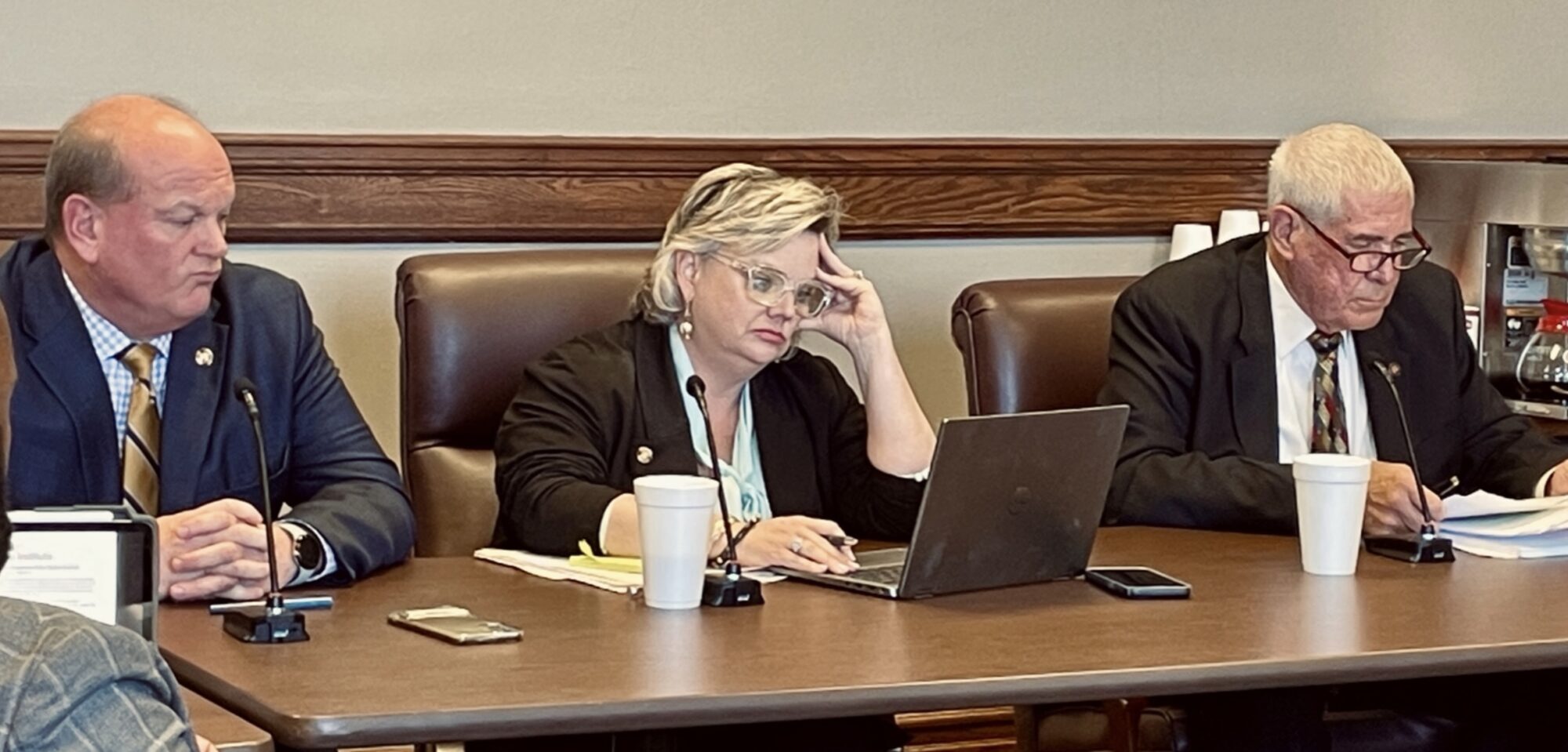
Sid Salter
- Columnist Sid Salter looks back on the 2018 SCOTUS ruling that changed the way remote sales tax was assessed and collected.
Back in 2018, the Supreme Court changed the way remote sales tax was assessed and collected, and in doing so, how government revenues will be impacted moving forward. The ruling came in a case styled South Dakota v. Wayfair.
Over five years later, Wayfair enforcement is still like trying to read Sanskrit. If you engage in online commerce – if packages arrive regularly at your home from online purchases – this look back will make sense but few claim to have mastered the Byzantine rules of how sales tax is collected on remote purchases.
By the way, retail e-commerce sales are projected to hit $8 trillion by 2027. Government tax collection agencies struggle to keep up.
In a Forbes interview last year, one expert gave what I thought was a remarkably lucid explanation. Scott Peterson is the vice president of U.S. tax policy and government relations for Avalara Inc. Before that post, Peterson was director of the South Dakota sales tax division and later became the first executive director of the Streamlined Sales Tax Governing Board.
In 2023, Peterson told Forbes’ reporter Andrea Muse: “I would say that after five years that the states were right, that there was a lot of sales being made in the state for which there was no tax being collected. And all the arguments over the years that this is a $10 billion, a $15 billion, a $25 billion issue — the high numbers have all been proven right. And the business community was right as well. If you don’t make changes in the way tax is administered, you just expand the complexity.
“I tell people that Wayfair didn’t make sales tax complicated. Wayfair just exposed everybody to all the complexity that was already there.”
In that 2018 5-4 Supreme Court decision that strangely crossed traditional judicial ideological lines, the Supreme Court brought online sales and use tax law fairness to mom-and-pop merchants on Main Street who had long been at a 7-percent price disadvantage in Mississippi in competition with out-of-state online retailers.
Was this ruling a liberal versus conservative situation? Hardly. The new ruling, written by former Justice Anthony Kennedy, overturned the 1992 Quill decision by the court that declared states could only collect sales taxes from companies that had a physical presence in their states.
Kennedy was a member of the court in 1992 and concurred with the Quill decision back then. So did conservative Justice Clarence Thomas. Both Kennedy and Thomas voted for Wayfair, joined by conservative Justices Alito, Gorsuch, and the late former liberal Justice Ruth Bader Ginsberg.
The new ruling came in the South Dakota v. Wayfair case in which the majority of the court ruled that online retailers must collect state taxes regardless of whether the retailer has a physical presence or “nexus” in the state – meaning that small retailers get a modicum of tax fairness against giant online retailers competing with them for the same customers.
In the Wayfair ruling, the court’s majority ruled that: “Quill put local businesses and many interstate businesses with physical presence at a competitive disadvantage relative to remote sellers. Remote sellers can avoid the regulatory burdens of tax collection and can offer de facto lower prices caused by the widespread failure of consumers to pay the tax on their own.”
Stores began to close. Then came the COVID pandemic – when remote commerce went into hyperdrive. Even more stores closed, and online commerce thrived as people who had never engaged in an online transaction learned to do it. The shift from brick-and-mortar stores is also generational as customer behavior changes as older, less tech-savvy customers exit the marketplace due to infirmity or death.
The Wayfair ruling was not a tax on the Internet. It’s full collection of a sales/use tax that’s been on the books in Mississippi since 1932. And it wasn’t an activist court run amok, either. It was the judicial branch righting a wrong after decades of congressional sloth and inaction on the issue fueled by political self-preservation.
How much sales tax is still being missed through these transactions? Who knows?







